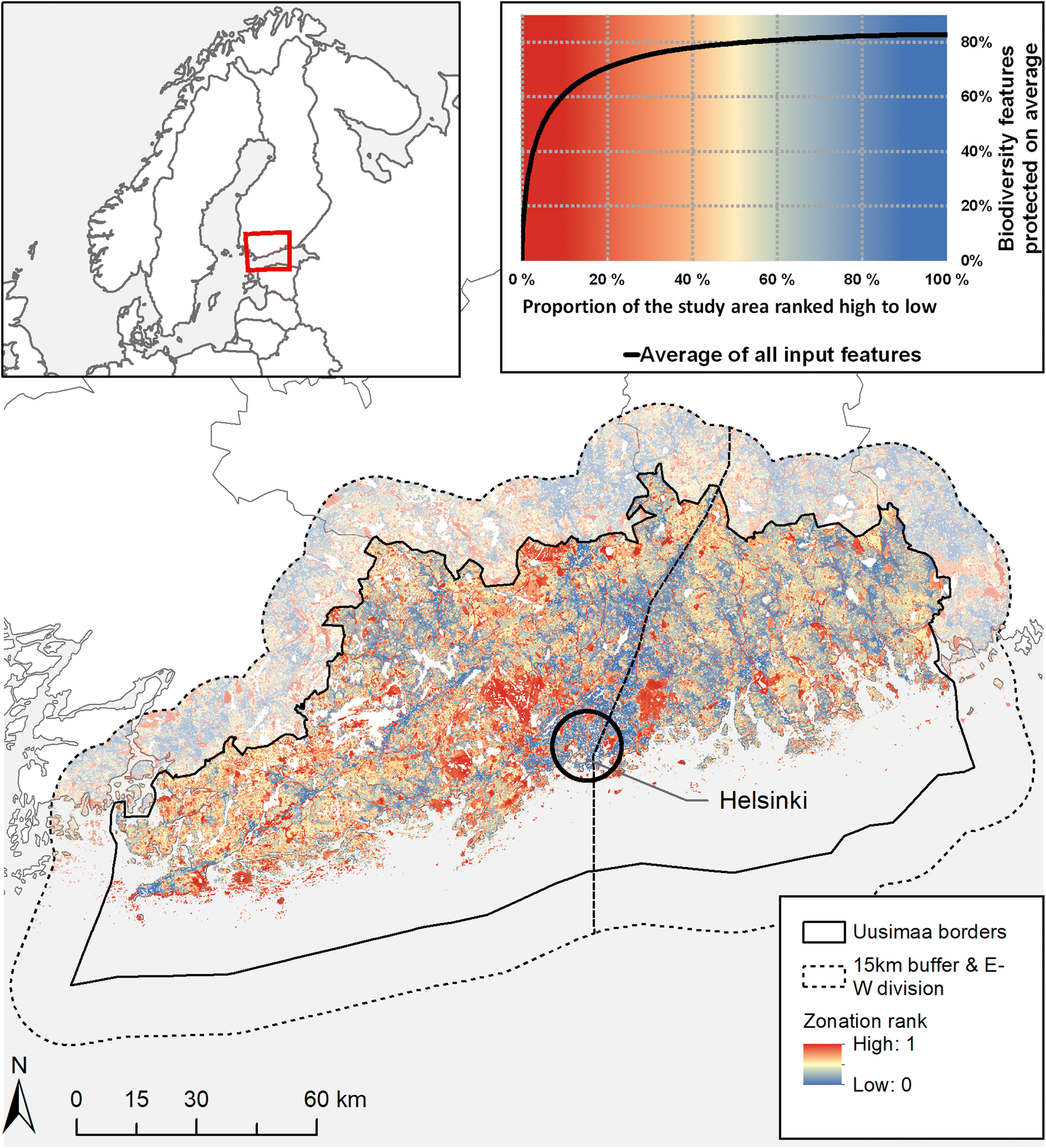Olle Järv, Elias Willberg, Tuomas Väisänen, Tuuli Toivonen
According to Statistics Finland (2018), there are more than half a million summer cottages around Finland. They are mostly located in rural areas close to waterbodies – lakes and seaside. In a country with 2.7 million households, such a high number of cottages may change the population patterns drastically once people would move to their cottages in large numbers. This is a potential risk during the epidemic outbreak such as the COVID-19 – health care services are designed mostly based on the permanent population and the cottage dwellers might break the balance in sparsely populated areas. Our preliminary findings already indicated that despite travelling restrictions due to the COVID-19 outbreak in Finland many people escaped from big cities to their summer cottage, see here. But was it really the lure of the summer cottages that explain the mobility patterns to more rural countryside?
Method: We used anonymised and aggregated mobile network data from Telia Crowd Insights such as activity location data as in our previous analyses, and further examined trip data between municipalities. Activity location data indicates the presence of people in a municipality – once a person stays at least 20 minutes in one municipality during one day, then his/her presence is counted as one activity location in given municipality. For example, when having a longer lunch break in a gas station during a long-distance travel. Thus, a person can have several activity locations in different municipalities each day. Trip data is calculated between the two consecutive activity locations at municipality level. In trip data, actual long-distance travel is counted as two different trips, if a longer break is taken during travelling. For example, travel from Helsinki to Rovaniemi by train via Jyväskylä is counted as two trips in data, because train stops at Jyväskylä longer than 20 minutes. These nuanced must be taken into account while reasoning findings.



